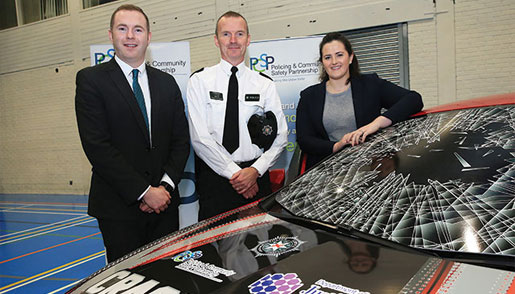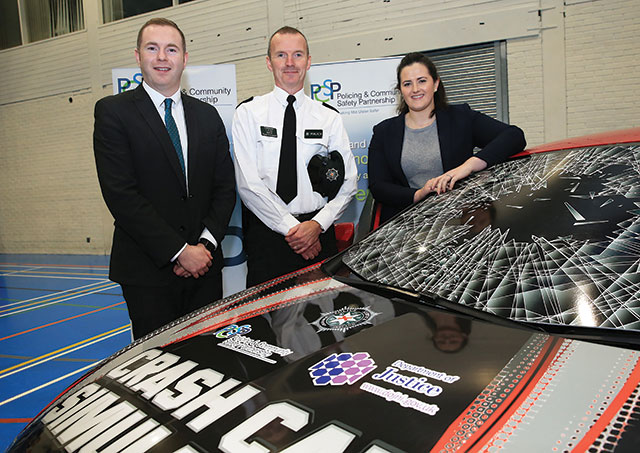Road to zero

In spite of a series of initiatives to reduce road deaths, the number of those killed in 2016 remained significantly above 2020 targets.
According to the PSNI’s provisional statistics, a total of 68 people were killed in road traffic collisions (RTCs) last year, a figure that represents a second consecutive annual reduction. However, the fatality reduction target for 2020, contained within the Northern Ireland Road Safety Strategy, is below 50 persons.
While males represented the overwhelming proportion of fatalities (79 per cent), as a proportion of road users, drivers as a whole represented the largest demographic killed in an RTC (46 per cent).
Despite typically enhanced driving conditions, over the previous three years (1 January 2014-30 December 2016), the summer months have consistently been the deadliest with June retaining the highest average fatal RTC figure. Over half of those killed in 2016 (54 per cent) were aged between 25-64, while just under a quarter being 16-24 years old.
In relation to the 11 local government regions, five saw a decrease in deaths, four experienced an increase and two matched their 2015 figures. The highest number of fatal RTCs occurred in Fermanagh and Omagh, while the lowest were jointly recorded in Belfast City, Lisburn and Castlereagh City, and Mid and East Antrim. For the third consecutive year, a higher number of deaths were recorded in the southern policing area (39) as opposed to the northern policing area (26). The significant majority of fatal collisions continue to occur on rural roads (74 per cent), with the fewest taking place on dual carriageways or motorways.
As such, a male driver, aged between 25-64 and using a rural road in the southern policing district is at the highest risk of losing their life in a road traffic collision.
The Department for Infrastructure asserts: “Almost all casualties on our roads are caused by poor road user behaviour and are therefore are preventable.”
Infrastructure Minister Chris Hazzard notes: “Complacency poses an enormous threat to road users, so we must not let our guard down” He adds: “We will continue to focus on the main problem areas, such as drink driving, speeding, carelessness and inattention and seatbelt wearing; and on groups who are over-represented in the casualty figures.”
PSNI Assistant Chief Constable Alan Todd comments: “Road safety is and will continue to be a key priority for police. It should be everyone’s priority. The simple reality is that many collisions can be avoided… Whether as a driver, a motorcyclist, a pedestrian or a cyclist, we all share the roads and the responsibility for road safety.”
Since road deaths were first recorded in 1931, 14,848 people have lost their lives and since 1971 some 77,211 have suffered serious injuries (not including 2016).
The records indicate that RTC deaths peaked in 1972 with 372 people killed, with a gradual reduction, followed by a levelling off in the 1990s. In the 2000s the reduction resumed before the figures nearly halved between 2009-2010. The fewest number of people killed in a single year was 48 in 2012, before figures began to rise again.







